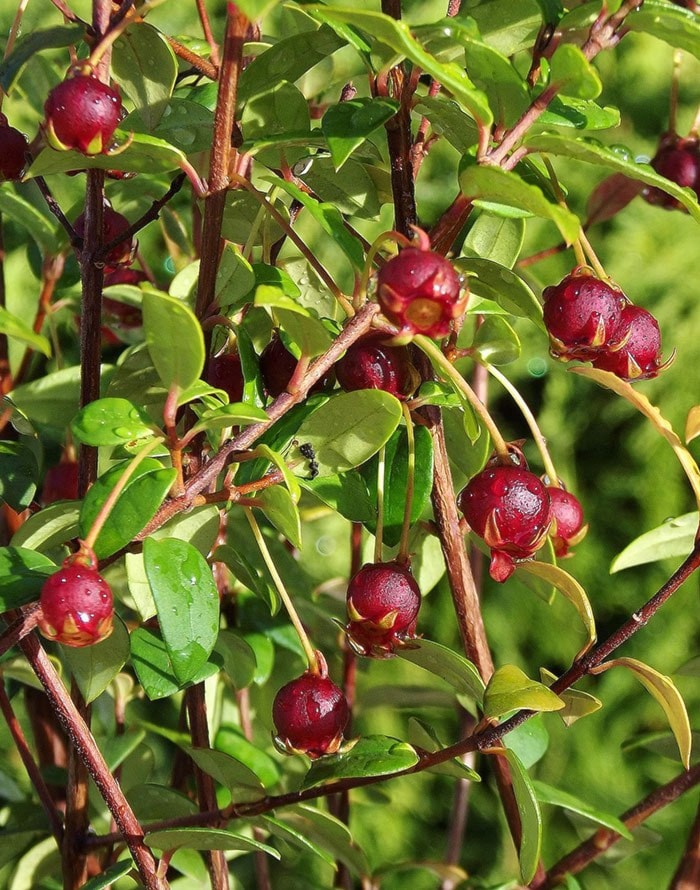As far as trying something new to eat, I am game for just about anything – at least once.
But in the spirit of trying to spare you from an assault on your taste buds, I will share one unfortunate incident that occurred a few years back.
I was attending a wedding in Calgary and the lavish reception afterwards, when the groom’s family put on a 12-course Asian seafood banquet.
Since we were friends of the bride, we were seated by the head table, where the groom’s father – a chef by trade – carefully scrutinized each course as it arrived and the guest’s reaction to it.
Everything was just fine until the sea cucumber arrived and I took my first bite of what can only be visually described as a gelatinous turd.
The real agony occurred when I realized that the flavour wasn’t much better than it looked and that it took a minimum of 40 chews to ingest the tiniest morsel.
Needless to say the portions were very generous and this ‘thing’ was far too large for me to discreetly tuck into my napkin and dispose of on a trip to the men’s room.
Finally I just gave up and decided to accept the grimace from the groom’s father, except that I noticed a slight glint in his eye and the slyest of grins when I discreetly raised my palms in a gesture of surrender.
So, the moral of this story is that no matter how adventurous you think you are in the culinary department, by all means avoid the sea cucumber.
This same desire for new flavours and textures also extends to the gardening world and as a result, we have seen an influx of many new herbs, berries and fruit trees.
One such shrub is the Japanese silverberry, with its silvery green foliage and abundant red berries that taste good and fresh and have at least seven times more lycopene than tomatoes, making it an excellent antioxidant.
These also dry well and this shrub thrives on lean soils, although it has been banned in Alberta, where it has naturalized in the arid climate and become a noxious weed.
It is closely related to the Goumi berry, which has been around for quite some time but is still not widely available. These have larger and more juicy red berries that some have likened to a rhubarb flavour.
Just this past summer I tried a new delicacy in the berries of a rare fuchsia species called F. boliviana. This native of Bolivia, Peru and northern Argentina is still a rarity here, but can often be found at fuchsia club sales or collector’s homes. It bears long clusters of scarlet blooms, followed by chains of edible dark purple fruits that resemble rod-shaped grapes, but have a definite kiwi aftertaste, being both juicy and delicious. This species is not hardy here and will need to be overwintered in a frost-free environment.
Chilean guava is another recent arrival, although it did enjoy some popularity in 1800s England. The deep red berries resemble a tiny pomegranate, but have a definite strawberry-kiwi flavour to them. They are being marketed commercially as Tazziberrys in Australia and New Zealand, but the evergreen shrub is only hardy to minus-10 C, so they will need some protection here in coastal British Columbia.
You can also expect mulberries and PawPaws or Michigan mangoes to make a comeback next spring.
And don’t forget to take a pass on the sea cucumber next sushi night.
Mike Lascelle is a local nursery manager and gardening author (hebe_acer@hotmail.com).
